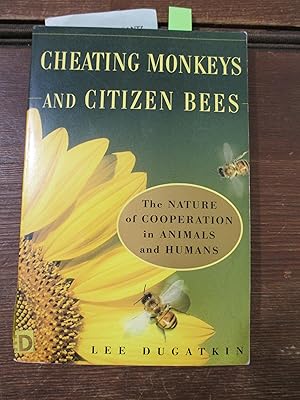Sinopsis
Despite the perception of nature as red in tooth and claw, cooperation is ubiquitous throughout the animal kingdom, as cooperative hunting, anti-predator behavior, foraging, coalition formation, grooming, helpers-at-the-nest, territoriality, sentry behavior, and group thermoregulation. It is indisputable that animals cooperate-cooperation has been observed in everything from insects to primates and in every imaginable scenario-but evolutionary biologists and behavioral ecologists still hotly debate just why animals act in altruistic ways and how such behavior could have evolved. Here biologist Lee Dugatkin outlines four paths to cooperation shared by humans and other animals : family dynamics, reciprocal transactions (or "tit for tat"), so-called selfish teamwork, and group altruism. He draws on a wealth of examples-from babysitting among mongooses and food sharing among vampire bats to cooperation in Hutterite communities and on kibbutzim-to show not only that cooperation exists throughout the animal kingdom, but how an understanding of the natural history of altruism might foster our own best instincts toward our fellow humans.
Críticas
Dugatkin offers a new way of thinking about human society, as well as a host of amazing stories about the trials and motivations of our animal relatives. -- Lynn Hunt "New Scientist" Like four pillars of wisdom, Dugatkin describes four different strategies of cooperation...Each chapter is richly illustrated by well-chosen and often illuminating examples of cooperative behaviors.--Laurent Excoffier "Nature " [Dugatkin] offers a new way of thinking about human society, as well as a host of amazing stories about the trials and motivations of our animal relatives.--Lynn Hunt "New Scientist "
"Sobre este título" puede pertenecer a otra edición de este libro.


